Enkianthus: The Superlative Flowering Shrub For Your Garden
Enkianthus: The Superlative Flowering Shrub for Your Garden
Enkianthus is a genus of flowering shrubs that are native to eastern Asia. These shrubs are known for their delicate, bell-shaped flowers that bloom in late spring or early summer. Enkianthus shrubs also have attractive foliage that turns brilliant shades of red, orange, and yellow in the fall.
The Genus Name
The genus name, Enkianthus, derives from the Greek words enkyos, meaning "swollen" or "pregnant," and anthos, meaning "flower." This refers to the unusual blooms of a single species, E. campanulatus, which have swollen calyces (the outer part of the flower) that resemble a pregnant woman's belly.
The Species
There are about 10 species of Enkianthus, but only a few are commonly cultivated. The most popular species include:
- E. campanulatus (Japanese enkianthus): This species is native to Japan and Korea and has bell-shaped, white flowers that bloom in late spring. The foliage turns brilliant shades of red, orange, and yellow in the fall.
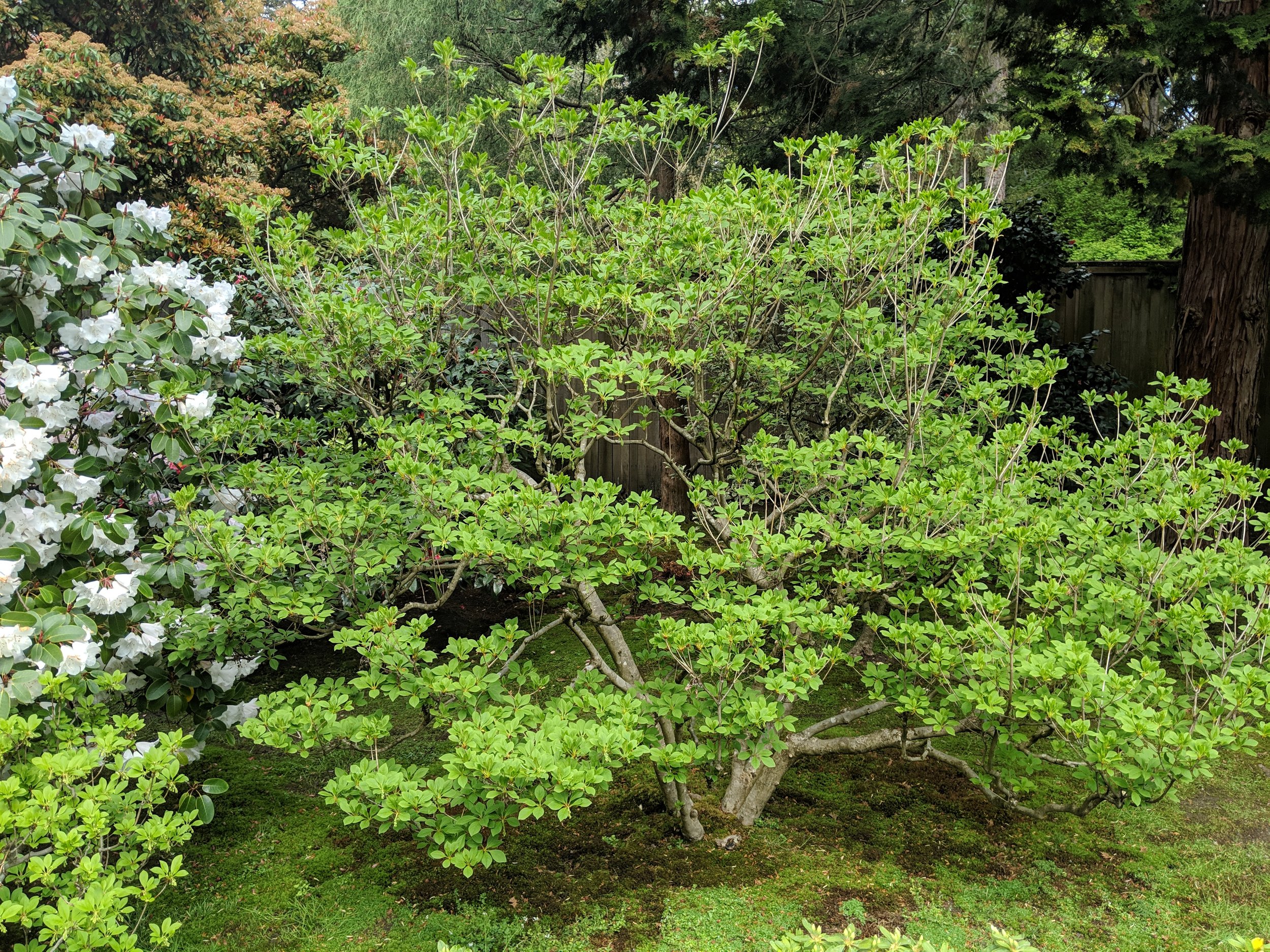
- E. inapertus (Chinese enkianthus): This species is native to China and has white flowers that bloom in early summer. The foliage turns yellow in the fall.

- E. perulatus (flowering dogwood): This species is native to Japan and Korea and has white flowers that bloom in late spring. The foliage turns red in the fall.
Growing Enkianthus
Enkianthus shrubs are relatively easy to grow in USDA hardiness zones 5-8. They prefer full sun to partial shade and moist, well-drained soil. Enkianthus shrubs are not drought tolerant, so they should be watered regularly during dry periods.
Enkianthus shrubs are relatively pest- and disease-free. However, they may be susceptible to aphids, scale insects, and powdery mildew. If you see any pests or diseases on your Enkianthus shrubs, you can treat them with insecticidal soap or neem oil.
Propagating Enkianthus
Enkianthus shrubs can be propagated by seed, but this is not the most reliable method. The best way to propagate Enkianthus shrubs is by air layering or by softwood cuttings.
Air layering is a method of propagating plants by creating a new root system on a branch of the plant. To air layer an Enkianthus shrub, you will need to make a cut in the bark of a branch and then cover the cut with moist sphagnum moss. The moss should be kept moist, and the new root system will develop in a few months. Once the new root system is well-developed, you can cut the branch from the parent plant and plant it in a pot or in the ground.
Softwood cuttings can be taken from Enkianthus shrubs in the spring or summer. To take a softwood cutting, you will need to cut a 4-6 inch piece of branch that has several leaves. Remove the bottom leaves and dip the cutting in rooting hormone. Plant the cutting in a pot of moist potting mix and keep it in a warm, humid place. The cutting should root in a few weeks. Once the cutting has rooted, you can transplant it to a larger pot or to the ground.
Conclusion
Enkianthus shrubs are beautiful and versatile plants that can add a touch of elegance to any garden. They are relatively easy to grow and care for, and they can be propagated by several methods. If you are looking for a flowering shrub that will add color and interest to your garden, Enkianthus is a great option.
Enkianthus is a genus of flowering plants in the honeysuckle family, Caprifoliaceae. There are about 10 species, native to Asia. Enkianthus are deciduous shrubs or small trees, with attractive foliage that turns orange, red, or purple in the fall. The flowers are small and bell-shaped, white or pink, and are produced in clusters in the spring.
If you are interested in learning more about enkianthus, please visit Home Gardening. This website has a wealth of information about enkianthus, including species profiles, cultivation tips, and photos.
FAQ of enkianthus
- What is Enkianthus?
- Enkianthus is a genus of flowering plants in the Ericaceae family. It is native to East Asia, with species found in Japan, China, and Korea.
- What are the different types of Enkianthus?
- There are about 10 species of Enkianthus, but the most common ones are:
- Enkianthus campanulatus, also known as the Japanese enkianthus, is a deciduous shrub or small tree that grows up to 10 feet tall. It has bell-shaped flowers that bloom in the spring.
- Enkianthus cernuus, also known as the drooping enkianthus, is a deciduous shrub that grows up to 6 feet tall. It has drooping clusters of flowers that bloom in the spring.
- Enkianthus perulatus, also known as the lace-cap enkianthus, is a deciduous shrub that grows up to 6 feet tall. It has lace-like flowers that bloom in the spring.
- There are about 10 species of Enkianthus, but the most common ones are:
- How do I care for Enkianthus?
- Enkianthus plants prefer moist, well-drained soil and full sun or partial shade. They are relatively easy to care for and are not susceptible to many pests or diseases.
- How do I propagate Enkianthus?
- Enkianthus plants can be propagated by seed, but it is more common to propagate them by cuttings. Cuttings should be taken in the spring or summer and should be rooted in a mixture of peat moss and perlite.
- Where can I buy Enkianthus?
- Enkianthus plants are available at some garden centers and online retailers.
Image of enkianthus
- Enkianthus campanulatus in full bloom, showing its showy, bell-shaped flowers.
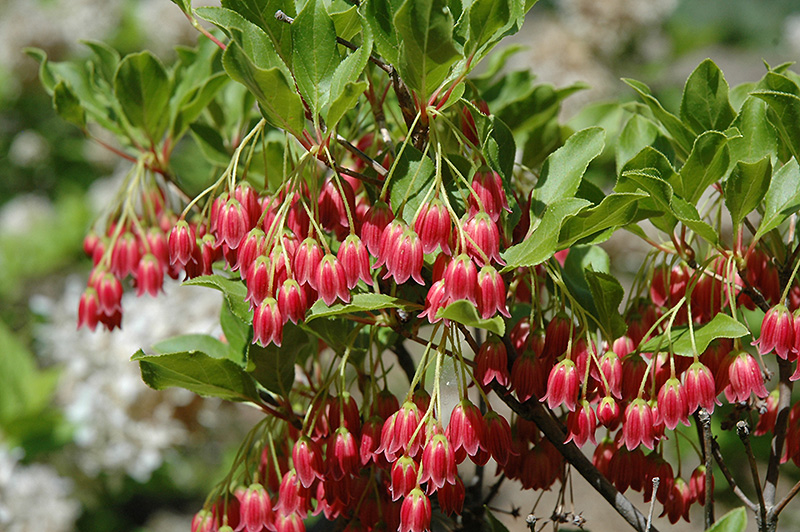
- Enkianthus cernuus in fall, displaying its colorful foliage.
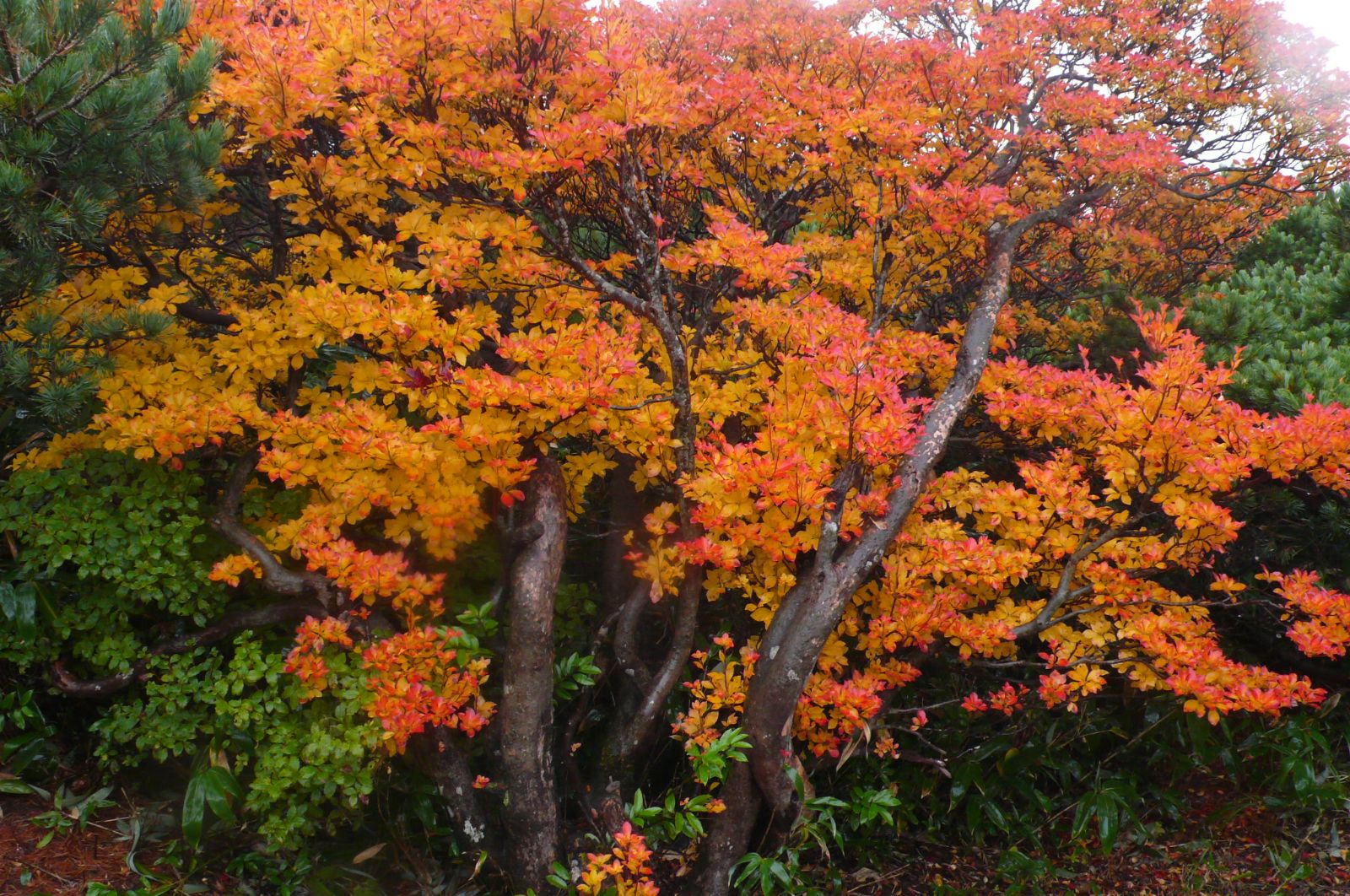
- Enkianthus perulatus in spring, with its delicate pink flowers.
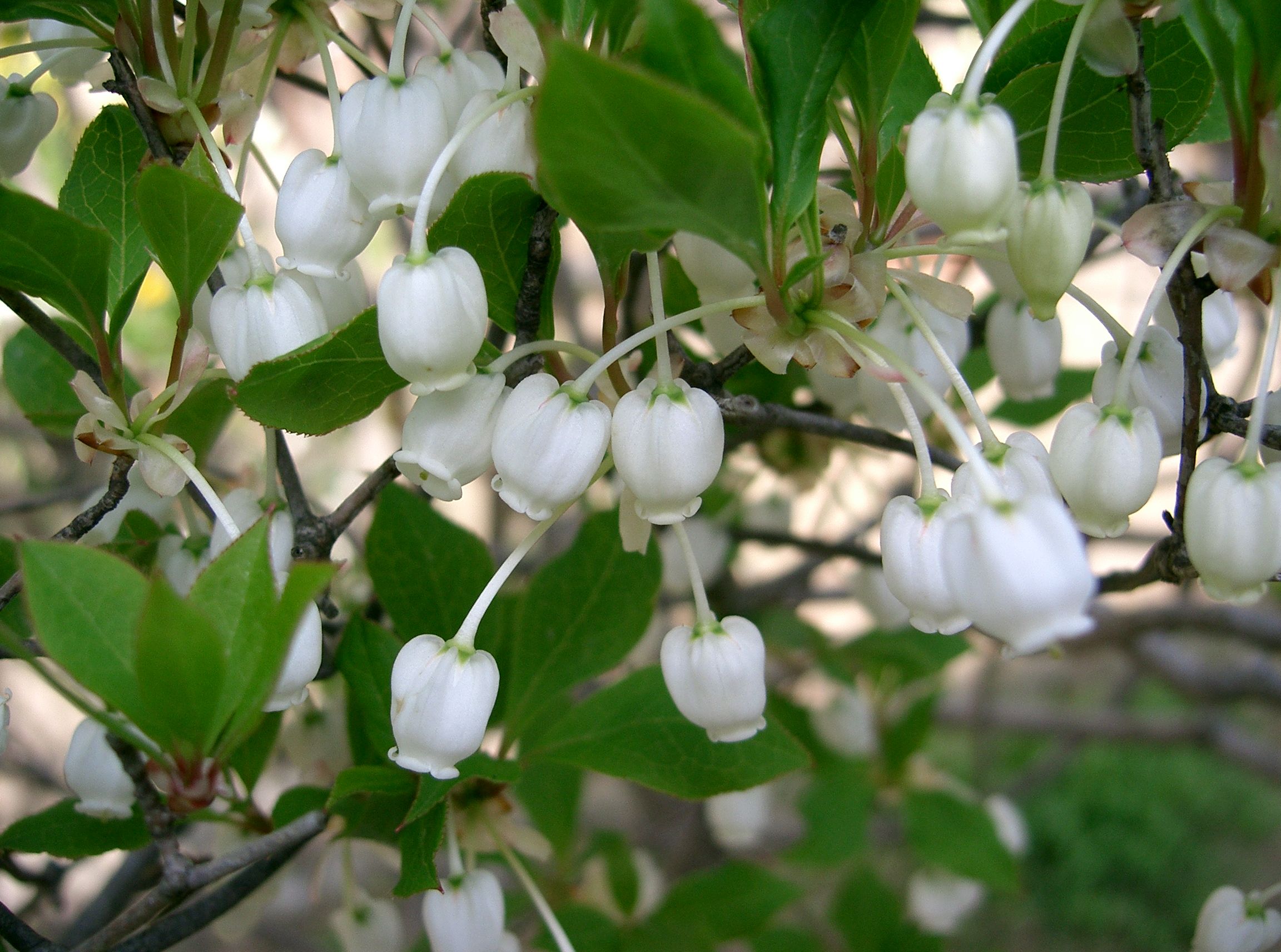
- Enkianthus quinqueflorus in summer, with its clusters of white flowers.

- Enkianthus campanulatus in bud, showing its furry pink buds.

- Enkianthus perulatus in leaf, showing its glossy green leaves.
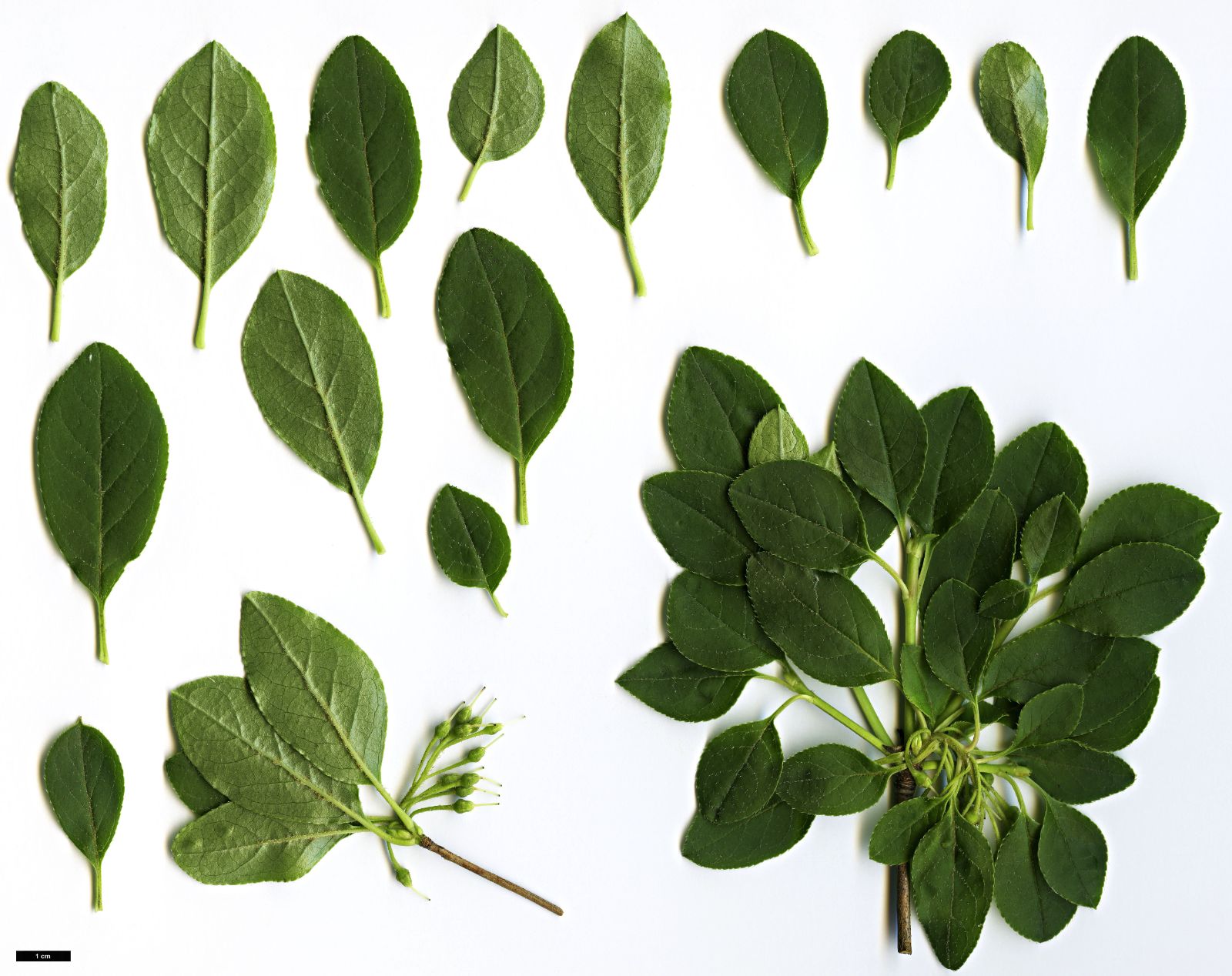
- Enkianthus cernuus in winter, with its bare branches.
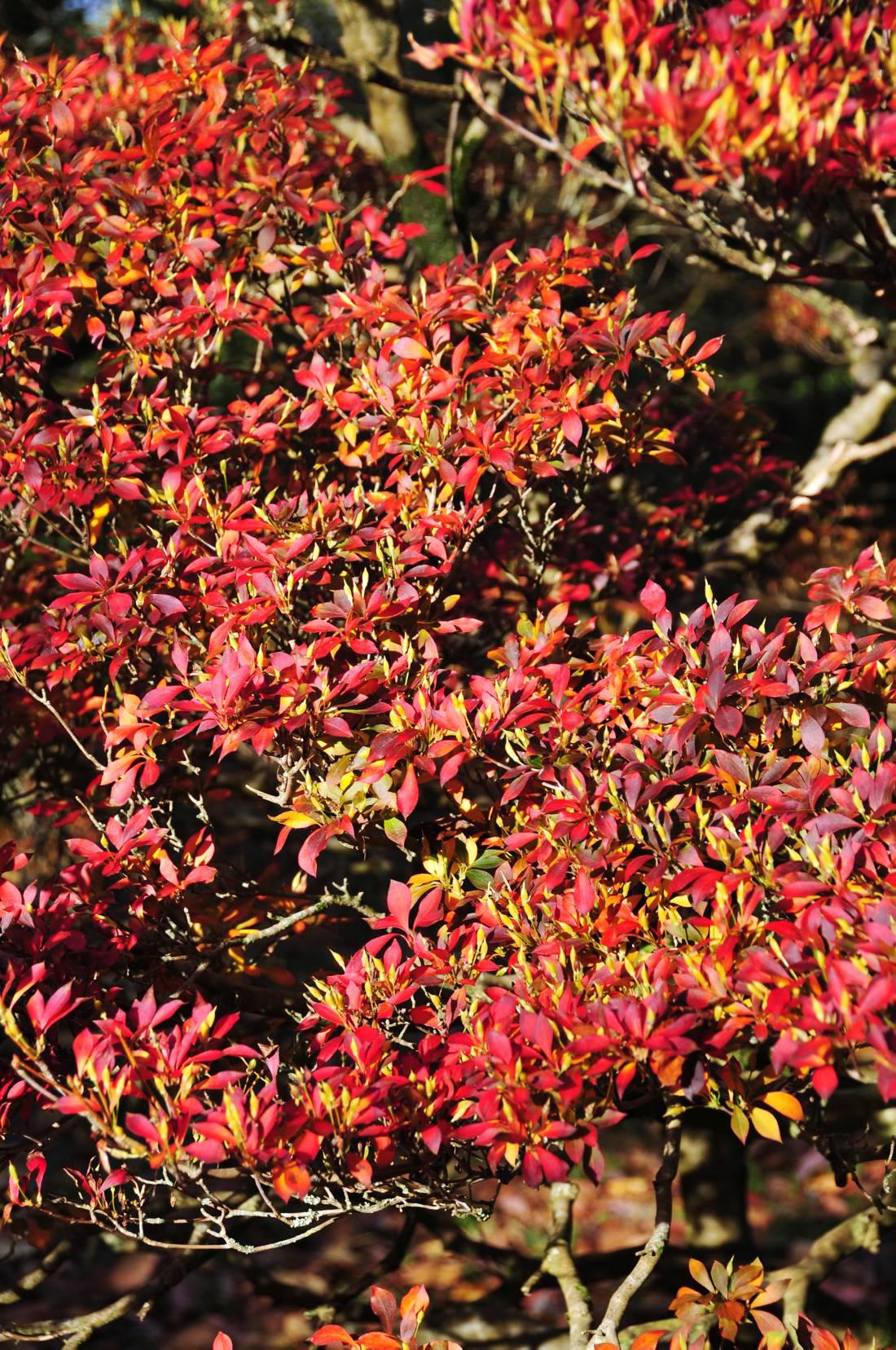
- Enkianthus quinqueflorus in fall, with its leaves turning yellow and orange.
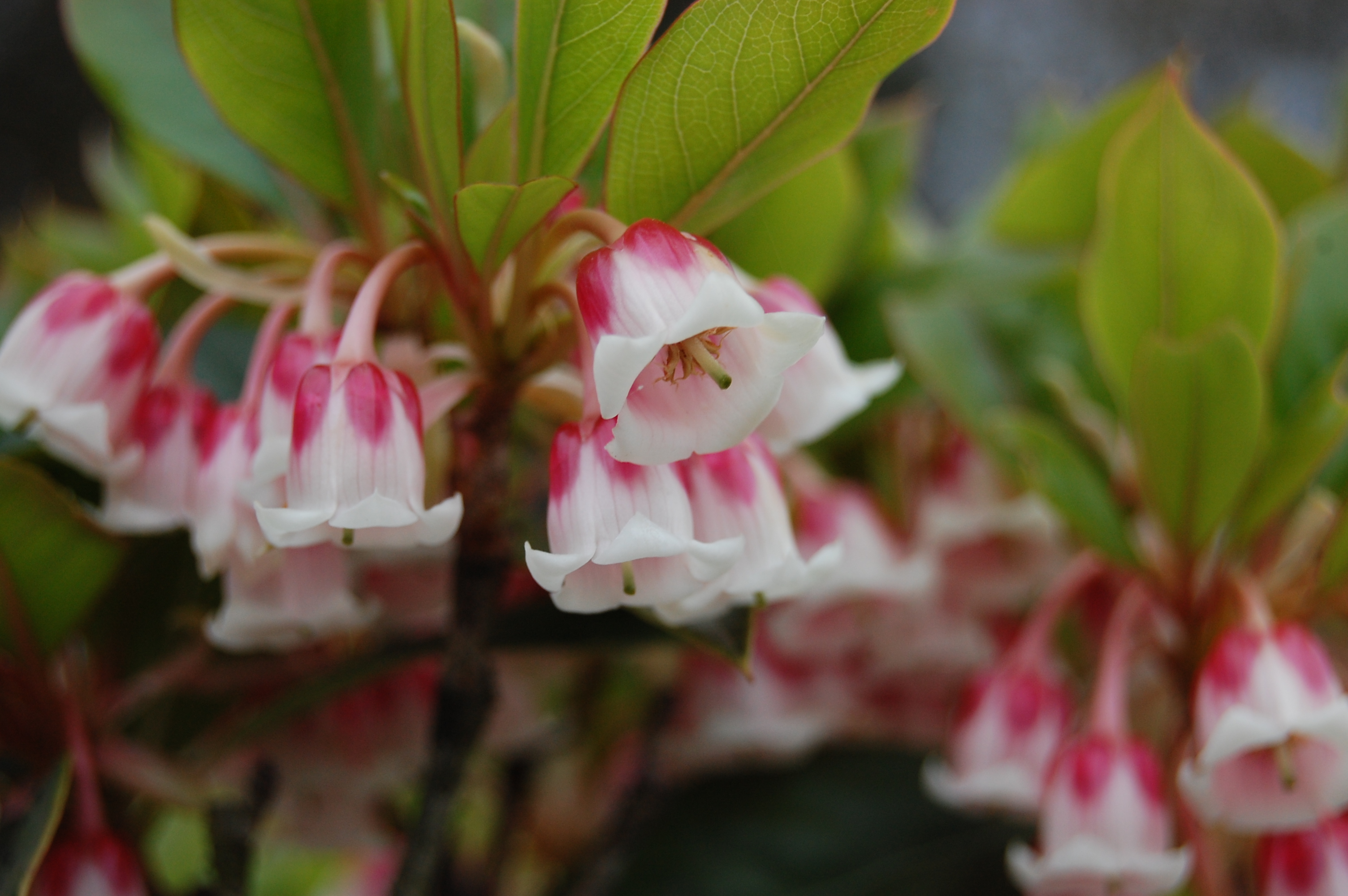
- Enkianthus campanulatus in a forest setting, showing its delicate flowers against the backdrop of trees.
- Enkianthus perulatus in a garden setting, showing its graceful branches and colorful flowers.


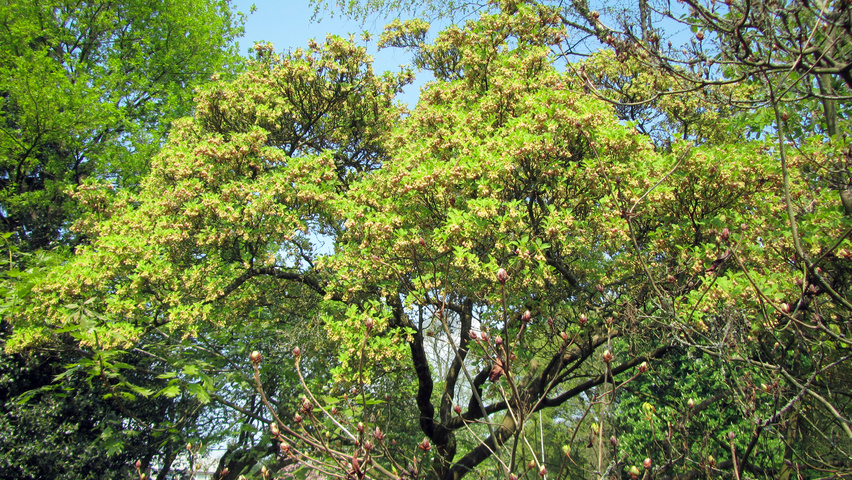
Post a Comment for "Enkianthus: The Superlative Flowering Shrub For Your Garden"